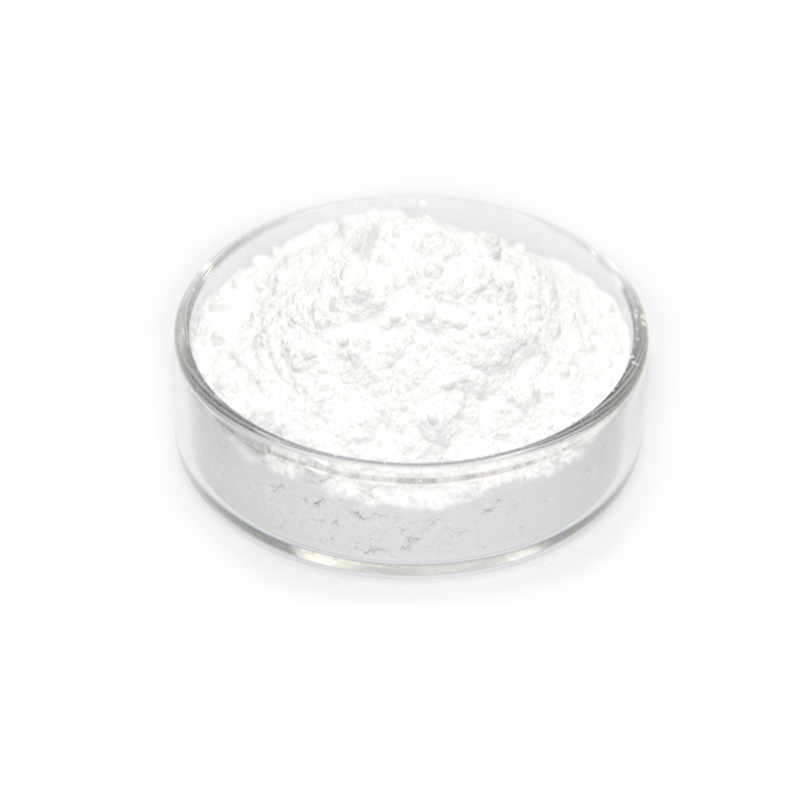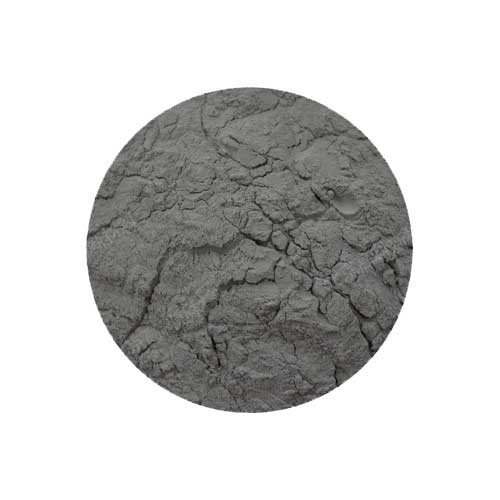Showing 109–120 of 334 results
-

- High Purity: Ensures reliable performance in critical applications.
- Superior Luminescence: Ideal for phosphors in displays and lighting.
- Thermal Stability: Suitable for high-temperature applications.
- Customizable Particle Sizes: Available in nano and micron scales.
- Versatile Applications: Supports electronics, ceramics, and R&D needs.
- Rare-earth Advantage: A unique material for high-performance industries.
-

- Strong Luminescence: Europium pentoxide exhibits intense red luminescence, which is particularly useful in display and lighting technologies.
- High Purity: Typically available at high purity levels (≥ 99.9%) to ensure optimal performance in high-precision applications, such as thin-film deposition.
- Thermal Stability: Eu2O5 is stable at high temperatures, making it suitable for vacuum evaporation processes, including e-beam evaporation.
- Consistent Film Quality: Due to its stable evaporation characteristics, Eu2O5 produces consistent thin films ideal for high-tech optical and electronic applications.
-


$10.00 – $9,200.00
- High Purity: Available in 99.9% (3N) and higher purity levels to ensure the quality of thin films without contamination, essential for precision applications.
- Magnetic Properties: Fe is ferromagnetic, making it an ideal material for magnetic devices and sensors.
- Stable Evaporation: These pellets are engineered to vaporize evenly, providing consistent thin-film deposition across various substrates.
- Versatile: Suitable for both thermal and electron beam evaporation, offering flexibility for use in different vacuum deposition systems.
- High Deposition Rate: Iron pellets offer efficient evaporation, allowing for faster coating processes and uniform thin films.
-

- High Purity: Minimal impurities ensure excellent performance.
- Customizable Particle Sizes: Available in various granulations to suit different applications.
- High Density and Stability: Ideal for structural and thermal applications.
- Excellent Magnetic Properties: Suitable for electromagnetic components.
- Corrosion Resistance: Enhanced performance with additional treatments or coatings.
- Versatility: Applicable in diverse industries from manufacturing to research.
-

- High Purity: ≥99.5% purity, ensuring consistent quality and performance.
- Chemical Stability: Highly stable in both acidic and alkaline environments.
- Customizable Particle Sizes: Available in nano, micro, and custom-sized powders for diverse applications.
- Non-Toxic and Eco-Friendly: Safe for use in various environmental and industrial applications.
- Versatile: Suitable for use in a wide range of industries including paints, coatings, and water treatment.
-


- Magnetic Properties: Fe₂O₃ exhibits ferrimagnetic behavior, making it suitable for magnetic coatings and data storage applications.
- Chemical Stability: It is highly stable, corrosion-resistant, and performs well in various environmental conditions.
- High Optical Absorption: Fe₂O₃ has strong optical absorption in the visible region, which is advantageous for solar cell applications and optical filters.
- Thermal Stability: It has excellent thermal stability, allowing it to maintain its properties even at high temperatures.
- Environmental Compatibility: Fe₂O₃ is non-toxic and environmentally friendly, making it ideal for green energy applications like photocatalysis and solar cells.
-

- High Purity: Available in 99.9% (3N) and higher purity levels to ensure minimal contamination in thin-film deposition, resulting in high-performance films.
- Magnetic Properties: Fe₃O₄ is known for its ferrimagnetic behavior, which is useful in both industrial and scientific magnetic applications.
- Stable Evaporation: The pellets are designed for stable and uniform vaporization, ensuring consistent film thickness and quality during deposition.
- Versatile: Suitable for both thermal and electron beam evaporation techniques, making them adaptable for different vacuum deposition setups.
- High Density: Fe₃O₄ pellets provide dense and cohesive vapor deposition, contributing to uniform coating on the substrate.
-

- Magnetic Properties: High magnetization and excellent performance in magnetic applications.
- Chemical Stability: Resistant to corrosion and oxidation.
- Customizable Sizes: Nano to micron-scale powders available for specific needs.
- High Purity: Fe₃O₄ content ≥99.5% for consistent results.
- Eco-Friendly: Non-toxic and environmentally safe for various applications.
-

- High purity (≥99.9%).
- Exceptional magnetic and chemical stability.
- Uniform pellet size for precise and consistent applications.
- Customizable sizes and specifications.
- Excellent thermal resistance and mechanical stability.
-

- High Hardness: Provides superior wear resistance for demanding applications.
- Thermal Stability: Retains mechanical and structural integrity at high temperatures.
- Corrosion and Oxidation Resistance: Performs exceptionally well in harsh and oxidative environments.
- Excellent Abrasion Resistance: Suitable for coatings and components exposed to friction and wear.
- Customizable Particle Sizes: Available in a range of sizes to suit specific requirements.
-

- High Hardness: Provides excellent wear resistance, making it suitable for demanding applications.
- Thermal Stability: Maintains structural integrity under high-temperature conditions.
- Customizable Composition: The carbon content can be adjusted to optimize properties for specific applications.
-

- Balanced Alloy Composition: Combines Fe, Co, Ni, Al, Cu, and Ti for superior performance.
- High Strength and Durability: Exceptional mechanical properties for demanding environments.
- Thermal Stability: Operates efficiently under extreme temperature conditions.
- Corrosion Resistance: Excellent resistance to oxidation and environmental wear.
- Magnetic Properties: Suitable for applications requiring magnetic performance.
- Customizable Particle Sizes: Available in nano and micro scales for various uses.














